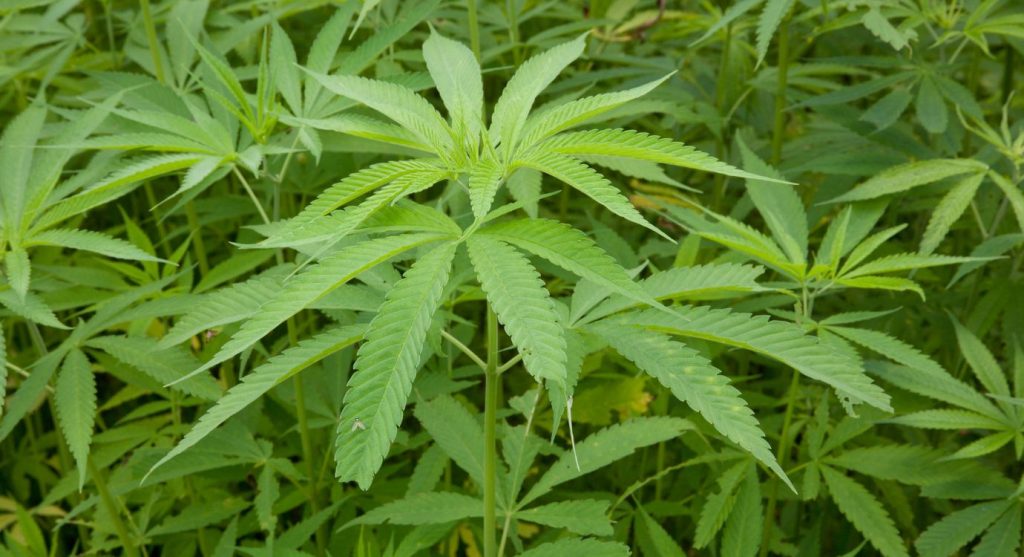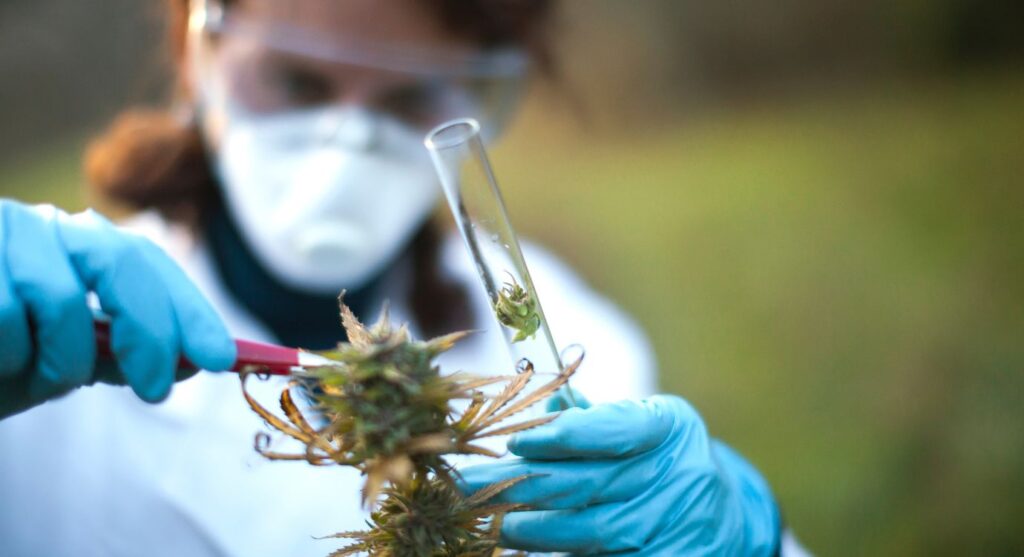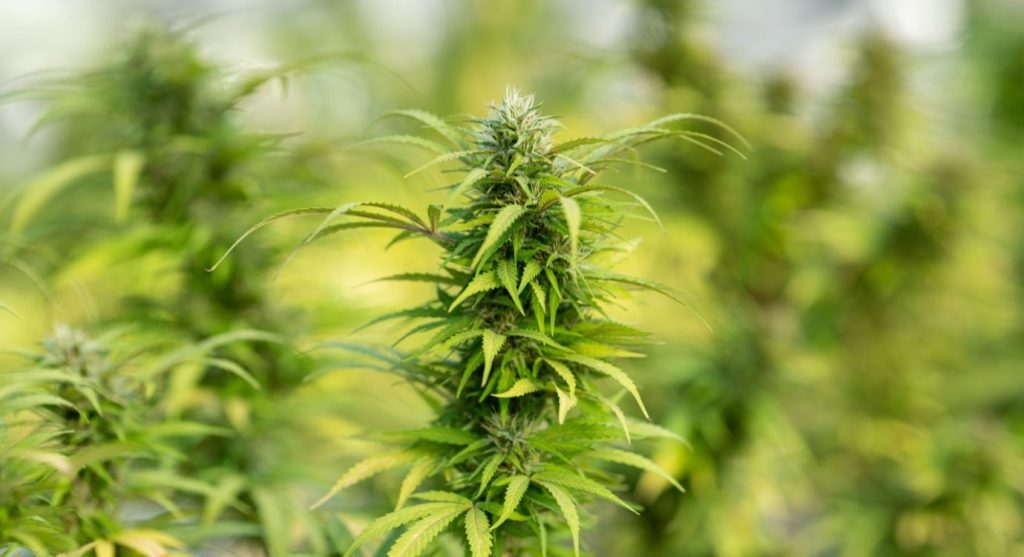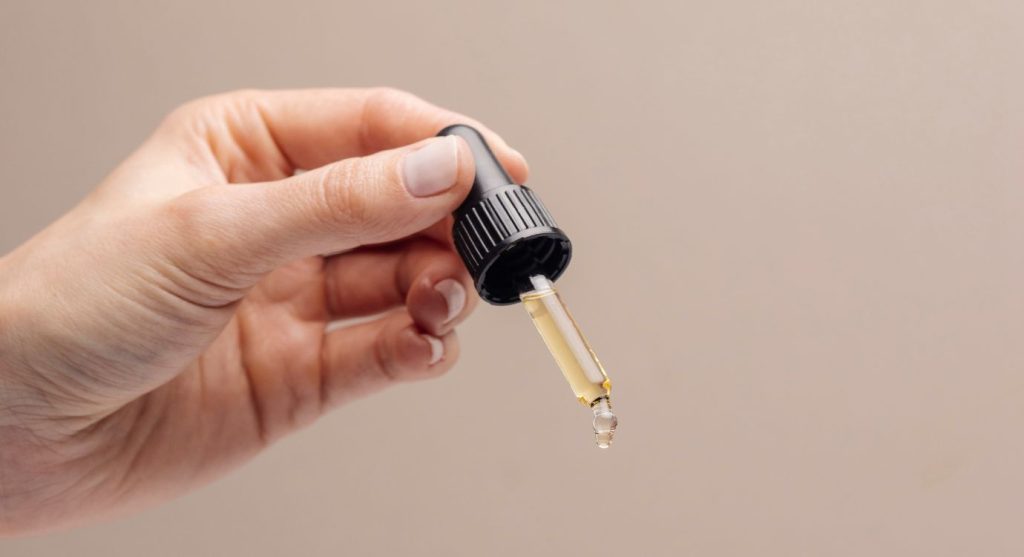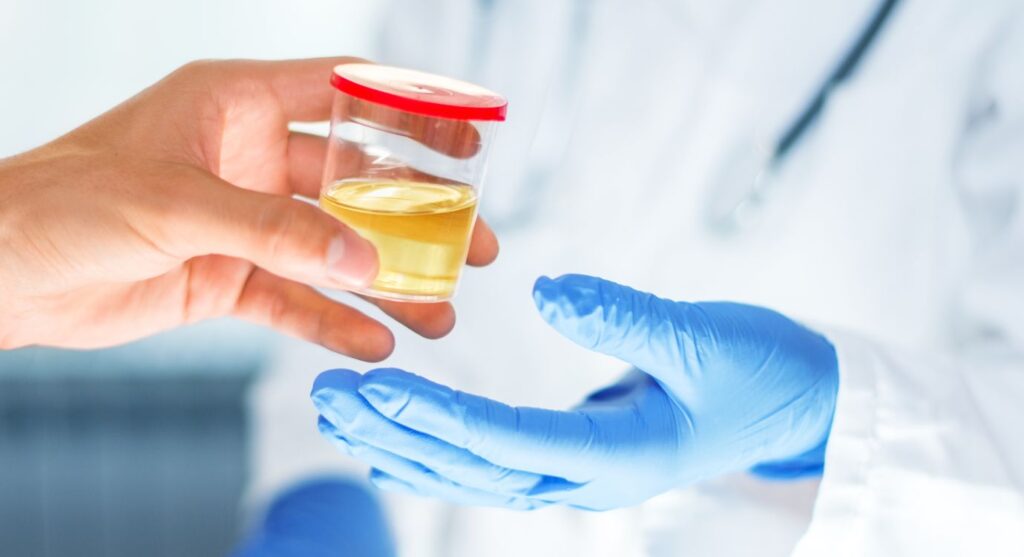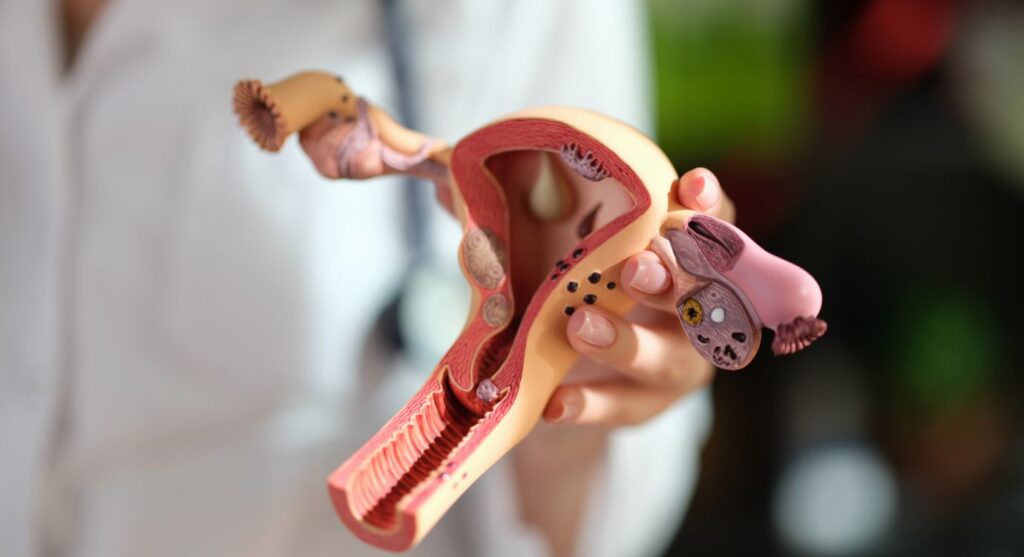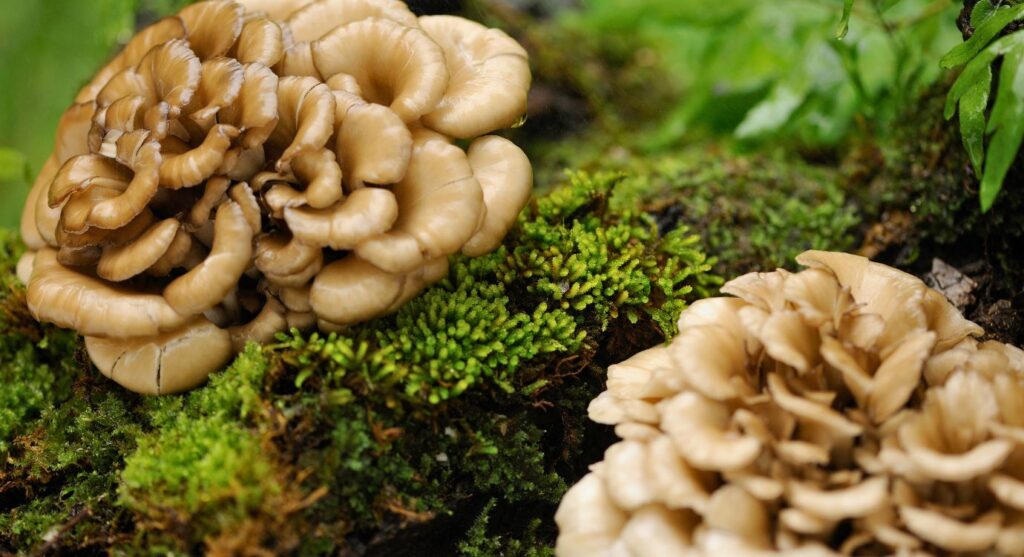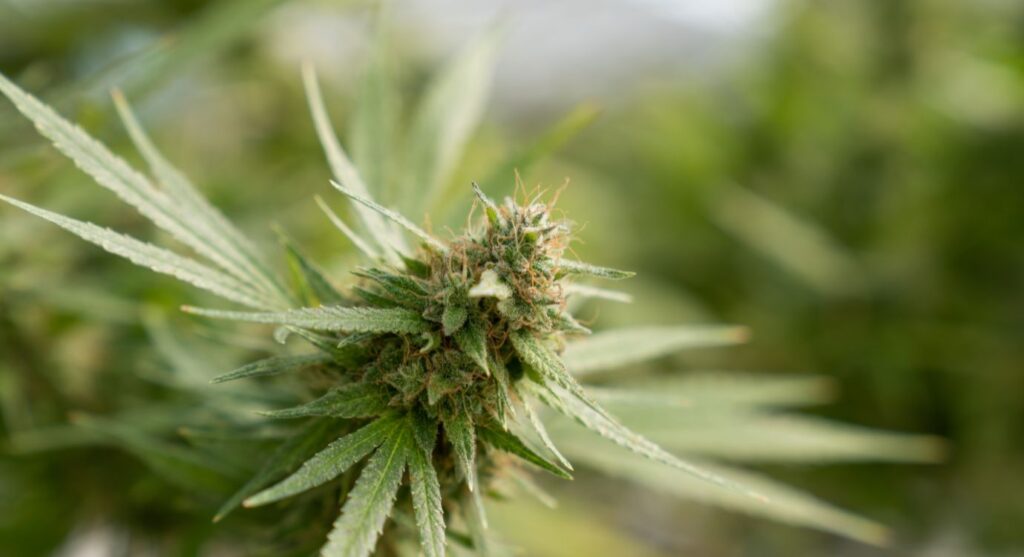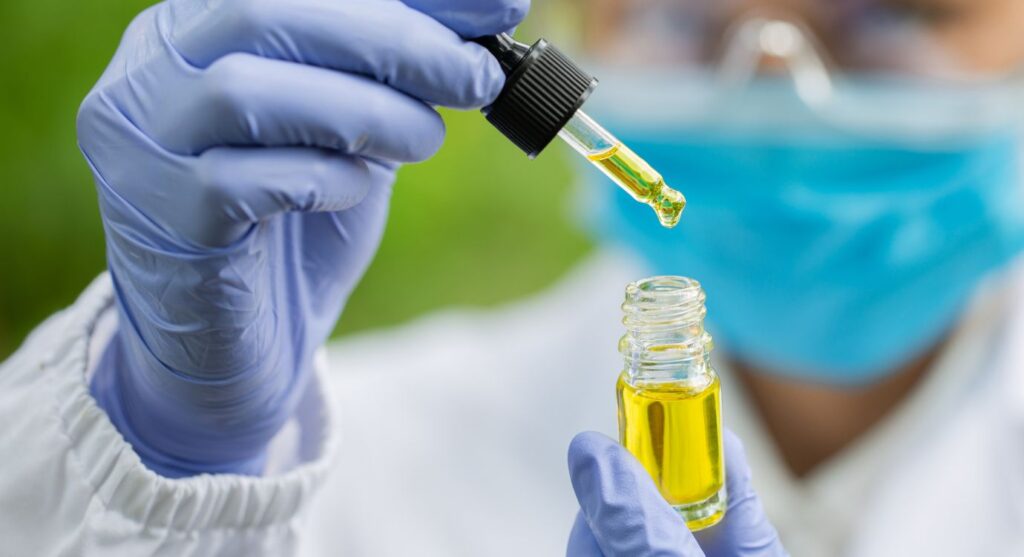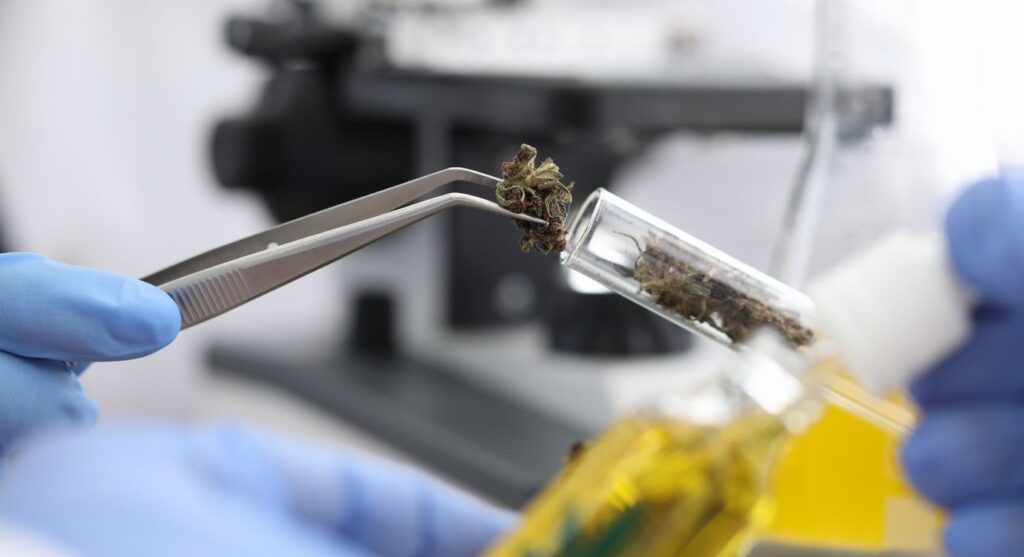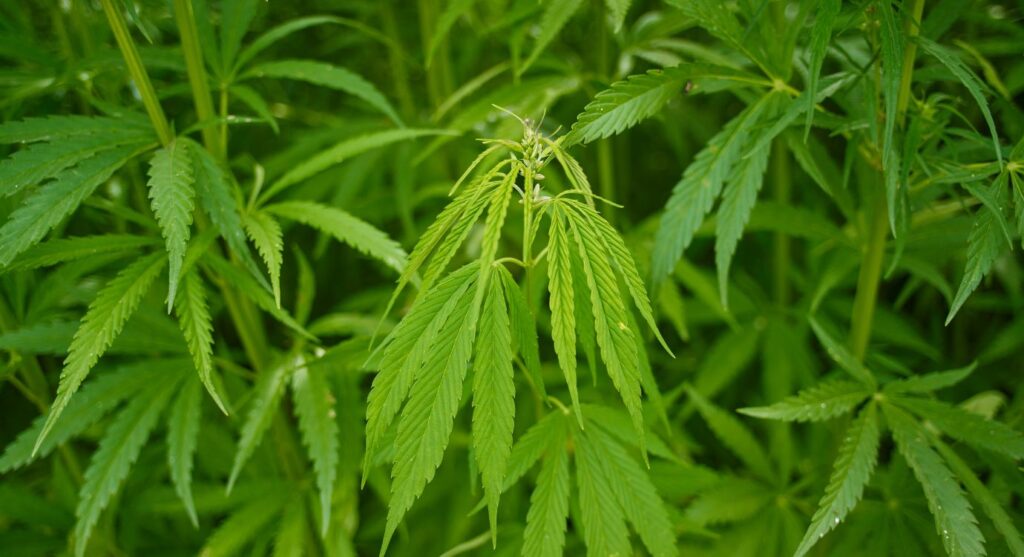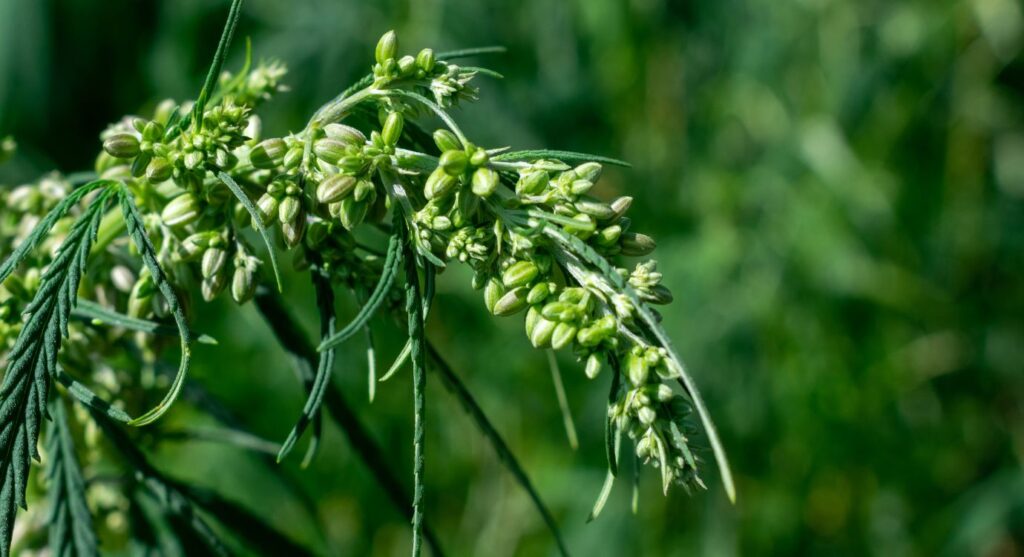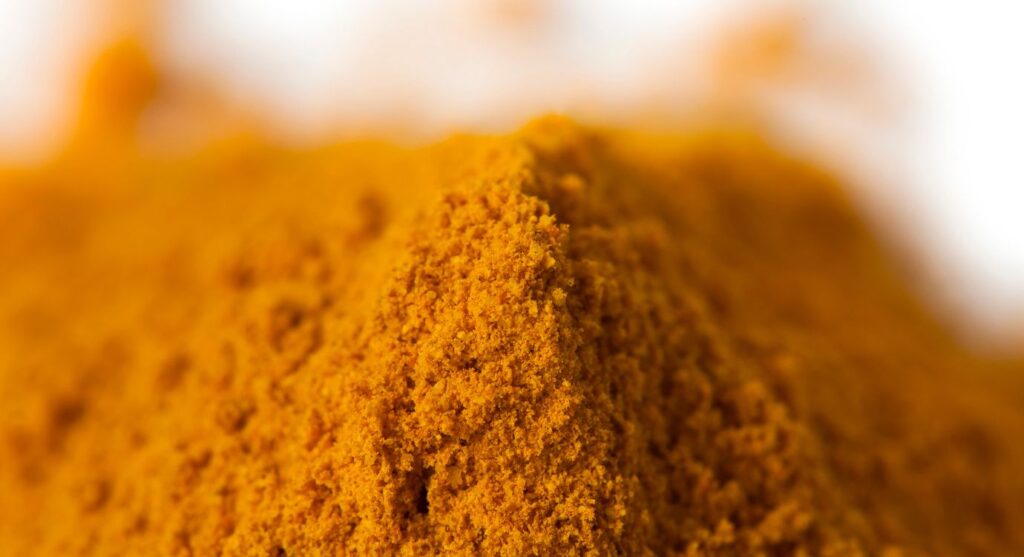With CBD oil growing rapidly in popularity, knowledge of the endocannabinoid system is becoming more mainstream.
But what exactly is this mysterious part of our bodies that many of us had never heard of before?
In this post, we will explore:
- What is the endocannabinoid system?
- What is the role of the endocannabinoid system in the human body?
- How do cannabinoids interact with the endocannabinoid system?
Let’s dive in.
In this guide:
What is the endocannabinoid system?
The endocannabinoid system, ECS, is a complex system of neurotransmitters and receptors present throughout the body.
It is involved in regulating and managing many systems and processes and is essential for maintaining a state of “homeostasis”, or balance.
The human body needs things to be kept within certain parameters in order for it to be able to function correctly.
For example, your body needs to maintain an optimal temperature in order to survive. If you get too warm, your endocannabinoid system sends a message to the sweat glands in your skin to trigger the release of moisture to help cool you down.
And if you get too cold, the endocannabinoid system triggers other processes such as shivering and goosebumps to help keep you warm.
These are just some of the ways that the endocannabinoid system helps to maintain essential bodily processes.
What are the three parts of the endocannabinoid system?
There are three main components to the endocannabinoid system. These are the endocannabinoids, the receptors, and enzymes.
Endocannabinoids
While we can find cannabinoids in nature, the human body also produces its own called endocannabinoids.
The two most common types of endocannabinoids are anandamide and 2-arachidonoylglycerol, otherwise known as 2-AG.
Anandamide is heavily involved in the “reward” feeling we experience after exercise, popularly known as the “bliss molecule”.
2-AG is by far the most common endocannabinoid within our bodies and helps to regulate appetite, pain, and our immune systems.
Endocannabinoid receptors
There are two endocannabinoid receptors in the body, CB1 and CB2.
CB1 receptors are present in the brain and spinal cord. Their purpose is to help us regulate our sleep, appetite, and memory, and help us to manage pain.
CB2 receptors are found all around the body but are most prominent in areas related to the immune system. These receptors help to reduce and manage inflammation.
Research is still underway in regards to our cannabinoid receptors, and many scientists believe in the existence of an as-yet unproven CB3 receptor.
Enzymes
When endocannabinoids have served their purpose, enzymes are released from the body to help break them down and remove them.
The most well-known enzyme that functions within the ECS is FAAH, which is responsible for breaking down anandamide.
What does the endocannabinoid system do?
Now that we have a basic understanding of the components of the endocannabinoid system, we can look at how it helps to support the body.
As you might have guessed, the endocannabinoid system is involved with many different processes throughout the body. This includes:
The Cardiovascular System
Endocannabinoid system research has found that it has a crucial role in regulating heart rate and blood pressure.
Cannabinoid receptors are even present in the muscular wall of the heart and have the ability to decrease blood pressure by causing the blood vessels to dilate.
They have even been found to reduce blood pressure by directly reducing the strength of the heart’s contractions.
The Immune System
The endocannabinoid system is closely connected to the immune system and is a fundamental part of keeping us healthy and free of infection and disease.
Our immune cells not only have cannabinoid receptors, but they also produce cannabinoids and break them down once they’re no longer needed.
This allows the endocannabinoid system to provide the same fine-tuned balancing act it does for the CNS. If our immune system is overactive, it can attack the body’s own cells causing serious health issues. When it is underactive, our protection from disease is down and we typically become ill.
The endocannabinoid system in the body keeps our immune system away from either end of the scale and encourages it to keep working correctly.
The Digestive System
Once again, endocannabinoid receptors are present throughout the entire digestive system and are closely linked with it in numerous ways.
The endocannabinoid system is involved in controlling our appetite and desire for food and also helps to regulate our digestion, meaning a properly functioning endocannabinoid system we are able to absorb food more quickly and efficiently.
The Endocrine System
The endocannabinoid system helps to regulate and balance the endocrine functions of the brain and body, including the release of hormones that are fundamental to healthy brain function such as oxytocin and vasopressin.
Many endocrine disorders such as hyperthyroidism or diabetes may be linked to an imbalance of the endocannabinoid system.
The Skeletal System
If there is any system of the body we’d expect not to be listed here, this is the one, but nope! The endocannabinoid system really is this intrinsically linked to the human body as a whole.
The endocannabinoid system plays a part in regulating bone cell growth and maintenance, and cannabinoid receptors help the body respond to damaged or broken bones by communicating to the body when it should create new bone cells and when it shouldn’t.
Imbalances in this can cause issues such as osteoporosis making the bones more easily damaged, or even overgrown bones on the other end of the scale.
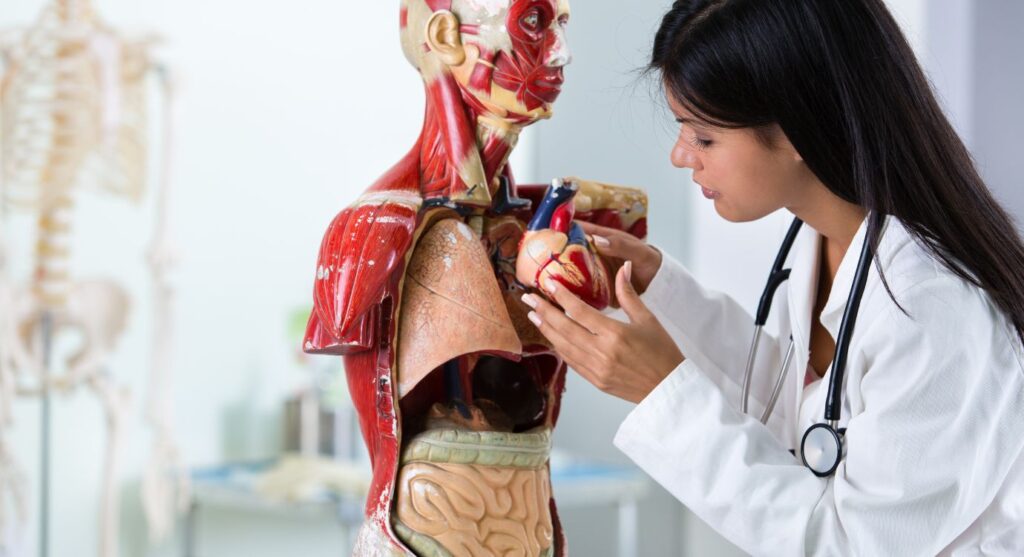

Does the human body produce cannabinoids?
The endocannabinoid system produces its own cannabinoids which facilitate sending messages between the various parts of the body.
The two best studied endocannabinoids are 2-arachidonoyl glycerol (2-AG) and arachidonoyl ethanolamide (anandamide).
There is a common misconception that CBD oil and other cannabinoids are a direct replacement for the cannabinoids produced in the body, but this isn’t the case.
While they are structurally similar, they are not the same as the cannabinoids produced in the human body. This means that they produce a very different response in the body.
How does THC interact with the endocannabinoid system?
THC is the most famous cannabinoid since it is the compound that gets cannabis smokers “high”.
It binds to receptors just like endocannabinoids and other cannabinoids. However, THC (or Tetrahydrocannabinol) is relatively unique in that it can bind to both the CB1 and CB2 receptors.
It is thought by some researchers that this is in part responsible for the heightened symptoms of THC use in humans, relative to other cannabinoids.
THC has been found to have some positive benefits for well-being. However, it also has numerous negative side effects, often including paranoia and anxiety.
Read more: CBD vs THC
How does CBD interact with the endocannabinoid system?
Unlike THC, CBD does not get you “high” and hasn’t been found to cause any negative symptoms with any significant regularity.
CBD is still a bit of a mystery to many researchers and scientists. It is known that it does not bind with the CB1 and CB2 receptors in the same way as THC.
However, the way it does interact with the endocannabinoid system is still the subject of a lot of speculation and research.
Many researchers have suggested that CBD works by preventing endocannabinoids from being broken down, therefore increasing their impact on the body. While there is evidence to support this, it isn’t conclusive so far.
Other scientists have theorised that CBD binds to an as-yet-undiscovered CB3 receptor.
10% off on your first order
Complete this one-minute quiz and find the right products for you.
What is the result of an endocannabinoid deficiency?
Studies reviewing over a decade of past research into the endocannabinoid system in the hopes of answering this question found that low endocannabinoid levels in the body can lead to the underperformance of the endocannabinoid system.
An endocannabinoid deficiency may lead to problems such as:
- IBS
- Fibromyalgia
- Migraines
While more studies into this topic are expected soon, this gives us a good picture of what cannabinoids actually do for our bodies on a day to day basis.
Final words
This fascinating system could tell us a lot about how the human body works and why certain processes can go wrong, resulting in long-term illness.
At the moment, there is so much we don’t know about the endocannabinoid system, but early research suggests that it could be linked to unexplained health conditions such as migraines, fibromyalgia and irritable bowel syndrome.
As we learn more about this system, it will hopefully reveal how CBD products can help to support the human body.








